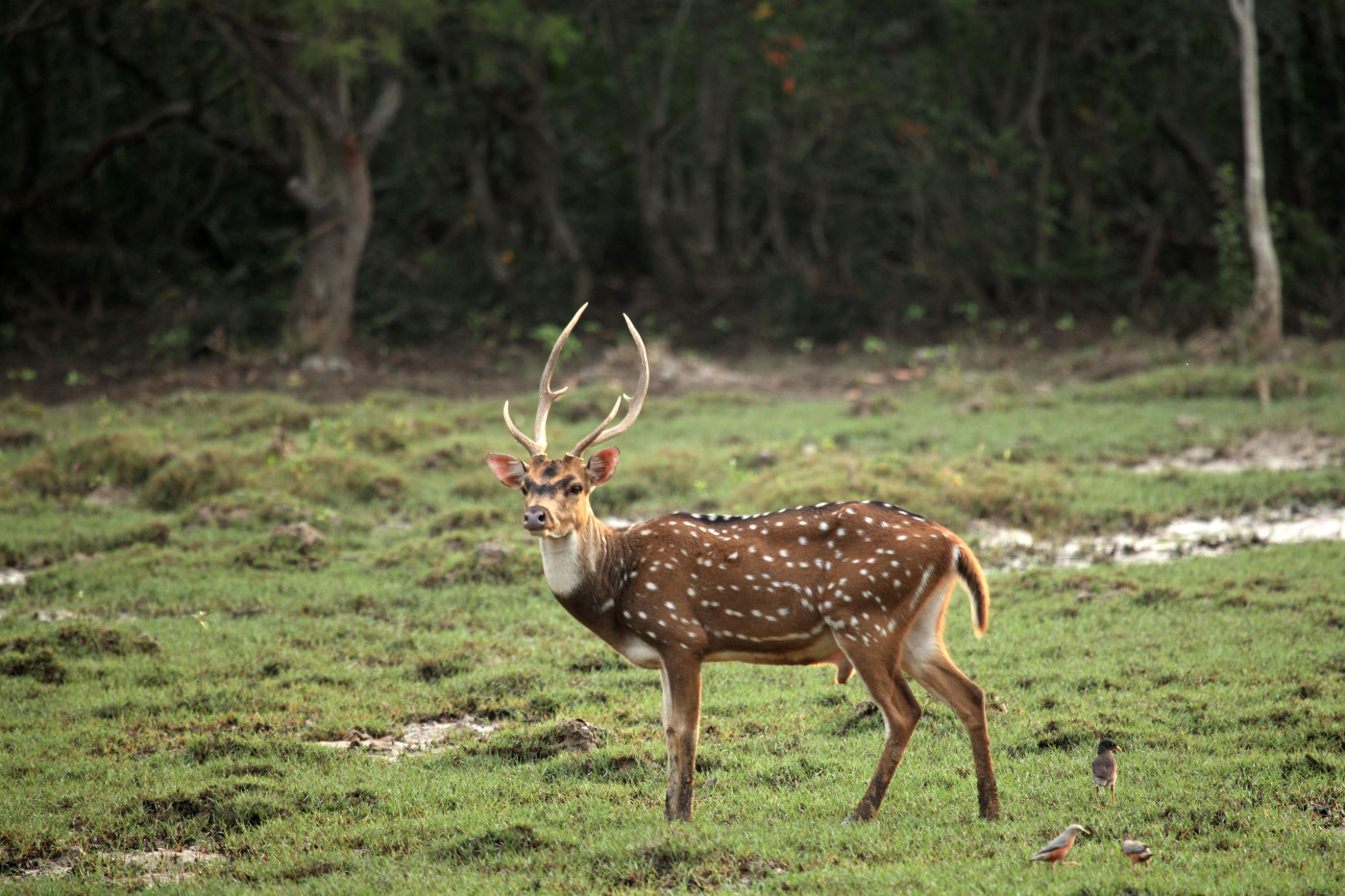
Die hard nature lovers have always been different from other normal tourists. They love jungle, they love wildlife, and they love the serenity in the environment. Even the risk of running into wild animals does not stop them from heading towards forest reserves. That’s the reason we often find the famous national parks and sanctuaries thronged by the tourists. But there are certain tourists who love to explore lesser known national parks & sanctuaries and for such nature lovers, Odisha has got one to offer. Nestled in the estuarial Brahmani-Baitarani region of the north-eastern Kendrapara district of Odisha, Bhitarkanika National Park is the second largest mangrove ecosystem in the country.
It is a unique area with rich biodiversity as it covers different eco systems such as landmass, tidal water bodies of the deltaic region, estuaries and territorial waters of the Bay of Bengal along with their associated flora and fauna.
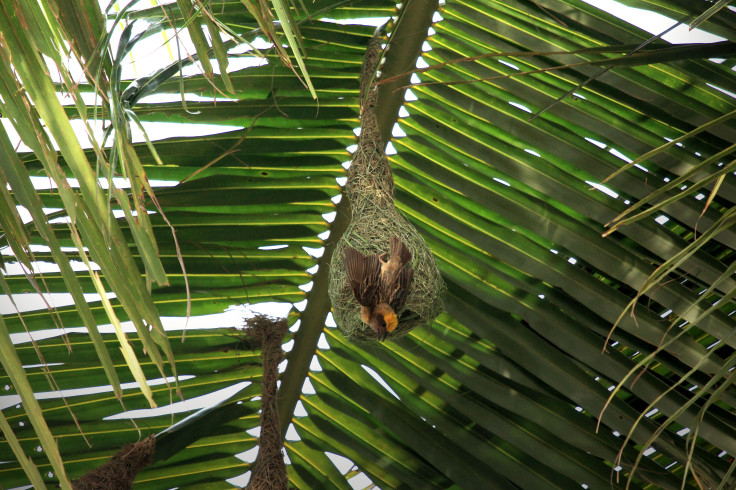
It is a 145 Sq km large national park which was designated on 16th September 1998 and obtained the status of a Ramsar site in August 2002 i.e, second Ramsar site of the State after the Chilika Lake. It is surrounded by Bhitarkanika Wildlife Sanctuary, which was declared a sanctuary on 21st April 1975 is spread over 672 Sq km. The national park and wildlife sanctuary is inundated by the rivers Brahmani, Baitarani, Dhamra, Pathsala.
With rich historical & cultural past, Bhitarkanika used to be the hunting grounds of the erstwhile King of Kanika. One can witness those hunting towers & artificial watering holes at many places including Bhitarkanika trail and at Dangmal. Hindu temples of medieval era can also be found throughout the sanctuary. But the major attraction remains the wealth of wildlife.
Flora & fauna
Flora: Mangrove species, casuarinas, and grasses like the indigo bush.
Fauna: The Park is home to the saltwater crocodile, Indian python, black ibis, wild boar, rhesus monkey, chital, darter, cobra, monitor lizard. Olive Ridley turtles nest on Gahirmatha and other nearby beaches. Bhitarkanika has one of the largest populations of endangered saltwater crocodile in India and is globally unique in that, 10 per cent of the adults exceed 6 m length.
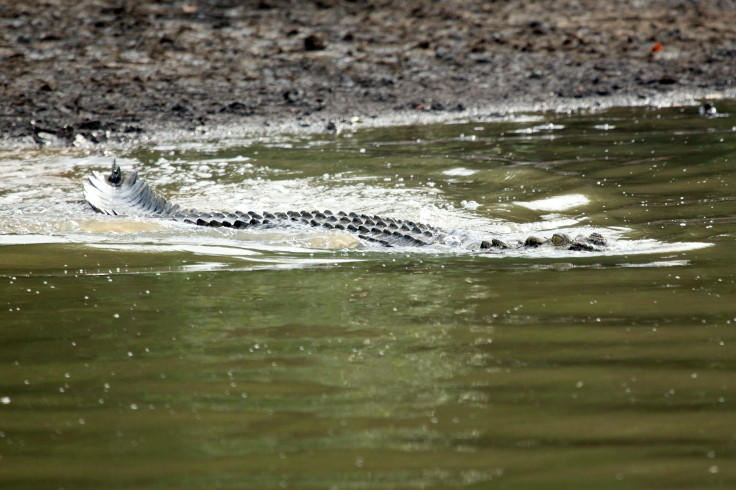
According to a survey of mammals around 1900 spotted deers, 1200 wild boars have made the forest areas their home. Other mammals include monkeys, jackals, common langurs, otter, sambar deer, jungle cats, fox, Mongoose, wolfs, fishing cats, hyenas, etc.

Avian-Fauna: Birds such as Asian Open Bill, Cormorants, Darters, Black Ibis, Egrets, are frequently seen in the park. It is the home to over 215 species of birds, including winter migratory birds from Europe and Central-Asia as the park provides a congenial atmosphere and serene, pollution free environment. Birds migrate thousands of miles to Bhitarkanika to escape the harsh winter in Ladakh, Mansarovar, himalayan region, Siberia, Kazaksthan, Mongolia, Russia, Afghanistan, Iraq, northern Asia and some central European countries. Almost eight different varieties of Kingfishers can also be spotted here.

Turtle Sanctuary
Located within the close vicinity of the Bhitarkanika National Park is Odisha’s only Turtle Sanctuary. A part of the Gahirmatha Beach, the Turtle Sanctuary is the place where one can spot Olive Ridley Turtles. Taking a boat ride across the river and gradually venturing into the wide sea is an experience ridden with sheer thrill and excitement. These turtles travel all the way from South Pacific Ocean to breed on the coast of Gahirmatha. About half a million of these species visit the beach every year for mating. Famous for its nesting beach for Olive Ridley Turtles, it is the one of world’s most important nesting beach for turtles.
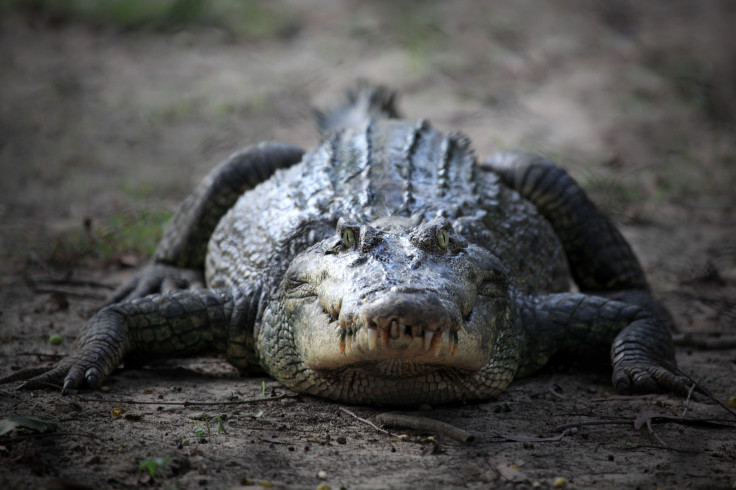
Getting there
From North one has to approach through Chandbali (60 kms from Bhadrak & 190 kms from Bhubaneswar) and from South through Rajnagar (72 kms from Kendrapara & 160 kms from Bhubaneswar) via Patamundai, Cuttack and Bhubaneswar. The nearest airport is Bhubaneswar, which is 160 kms via Patamundai-Rajnagar, whereas 224 kms via Chandbali-Bhadrak route. The nearest railhead is Bhadrak (90 kms from Bhitarkanika via Chandbali) on East Coast Railway. It can be approached by road through Chandbali (30 kms from Bhitarkanika) which is the main approach point and connected by good motorable roads to Balasore, Bhadrak, Bhubaneswar, Cuttack and Kolkata.
Best Season to visit Bhitarkanika
October to March is the best season when nature showers its beauty with gathering of birds all around the water bodies and the green cover generates a captivating feel.
Overall, visiting Bhitarkanika will be once in a life time experience with immaculate landscapes, rivers, mangrove vegetation, huge crocodiles and colourful birds.
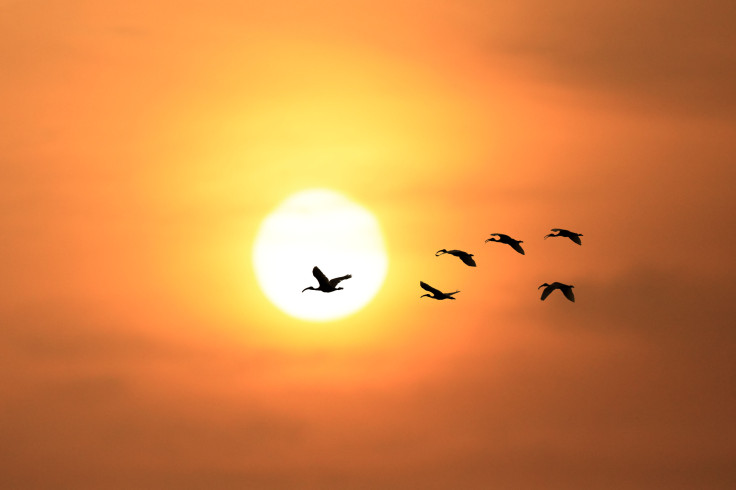
****
Written by: Rashmi Sonia Tirkey, Manager, India Tourism, Bhubaneswar
(Disclaimer : This blog post is solely the opinion/beliefs of the author. It does not reflect the views of Press Information Bureau in any way.)